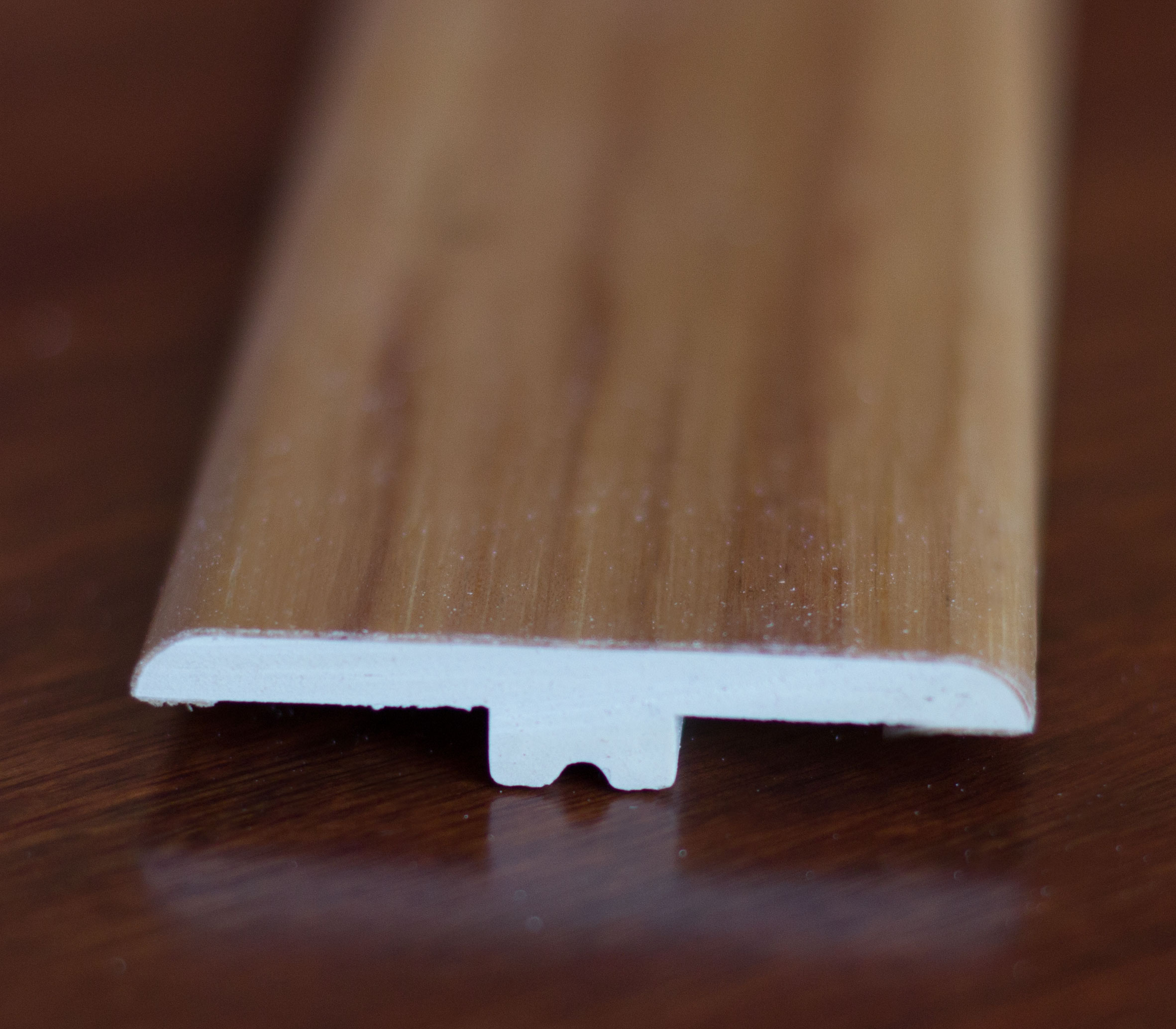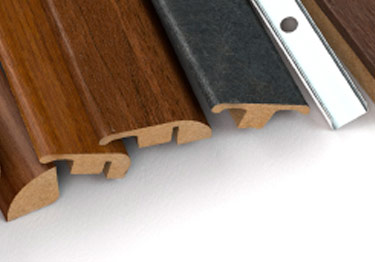Can you picture your dream space? It’s likely filled with expansive, beautiful floors made from your ideal material. For many people, that material is natural hardwood, either in a light or dark style. However, the reality is that using just one type of flooring throughout your home or commercial space is almost impossible, you will need Flooring Transition Strips as well. This is because materials like wood are not suitable for areas with high moisture, such as bathrooms. Additionally, they may not provide the same level of comfort underfoot as materials like carpet, even if you use a rug. Read more to understand the benefits of floor transition strips.
Note:
Some contents in this article may contain external links. For more information, please refer to our
Privacy Policy

Of course, you wouldn’t want to use expensive hardwood in a utility closet or connected garage either. This is where flooring transition strips come in handy. They allow for a smooth transition between different types of flooring. Whether it’s a transition from hardwood to tile or carpet to laminate, these strips ensure a seamless flow throughout your space. So, no matter what type of flooring you choose, transition strips are a must-have in pretty much every home and commercial space on the planet.
Why Do I Need to Use Floor Transition Strips?
Flooring transition strips are essential in both residential and commercial settings for a couple of reasons. Firstly, they help to make moving from one room to another much smoother. Additionally, they create a visual distinction between rooms and flooring types that might clash otherwise.
Transition strips are not just about aesthetics; they also play a crucial role in ensuring safety by clearly marking the transition between different flooring materials. This is especially important when moving between materials with varying thickness and hardness, such as carpet and tile.
Gone are the days of basic aluminum transition strips. Nowadays, you can find flooring transition strips made from natural hardwood or laminate that seamlessly blend with your existing flooring. In fact, during custom flooring projects, contractors may even use the same material to create transition strips for a cohesive look.
Flooring Transition Strips, Where Are They Used?
Still, figuring out where to use floor transition strips in your residential or commercial space – Check out this list of common areas where transition strips are typically used:
- Between interior and exterior spaces. Transition strips are often used if there’s a step up or down between doors that open to the outside and their adjacent spaces.
- In the transition between rooms when there is a door present.
- Between rooms where the flooring material changes. Transition strips are also used if one space is slightly elevated compared to the other.
- Between two rooms utilizing the same flooring material. While you may be able to get away without a transition strip in these spaces, using one can better allow for expansion and contraction over time. This is particularly important with wood plank, vinyl plank, or tile materials.
Different Types of Floor Transition Strips
When you enter a home or a commercial space, it won’t take long to notice that there are usually multiple types of flooring. In fact, an average home can have three or more different flooring types, such as carpet, hardwood, tile, or natural stone.
These transitions from soft to hard flooring are especially common when moving from a living room to a kitchen. You might even find materials like vinyl in the bathroom.
To seamlessly connect these different flooring materials, transition strips are necessary. Let’s take a look at some of the most commonly used transition strips today.
4-in-1 Floor Transition Strips
These connectors are perfect for joining various flooring materials together. A T-molding is commonly paired with a metal mount to achieve a seamless connection. By adding carpet strips, hard surface reducers for wood and vinyl, and end moldings, you can achieve a sleek and polished finish for your floors.
Carpet to Vinyl Transition Strips
Vinyl transitions to carpet usually look best with a carefully selected vinyl strip that complements the overall design. An aluminum track is commonly installed under the vinyl strip to seamlessly connect the two types of flooring.
T-strips Flooring Transition Strips
These are typically crafted from aluminum and are utilized to bridge the gap between two surfaces of similar height.
Wood Transition Strips or Seam Binders
Seam binders are commonly crafted from the same wood material as your flooring, providing a subtle solution to accommodate natural expansion and contraction. Additionally, certain wood transition strips can be installed to address varying heights between adjoining rooms.
Tile to Laminate Flooring Transition Strips
These products help connect laminate and tile, which often have a height difference because of the typical installation method involving cement board. A mounting channel is placed in the space between the two flooring materials, followed by a finishing molding piece that covers it.
Vinyl Flooring Transition Strips to Tile Transition Strips
They are utilized to make a transition between elevated tile flooring and lower laminate. Often, the same laminate material as the floor is used to achieve a seamless appearance.
Let’s Talk More About Floor Transition Strips!
At AZ Floor Solutions, we provide top-quality material, and flooring solutions for any type of projects, residential or commercial. Our products are user-friendly and boast long-lasting durability.
We have a mobile showroom, give us a call today to schedule your FREE In-Home Consultation. Contact us at 623-336-1707 or via email at co*****@**************ns.com to schedule your consultation.
Share This Article

